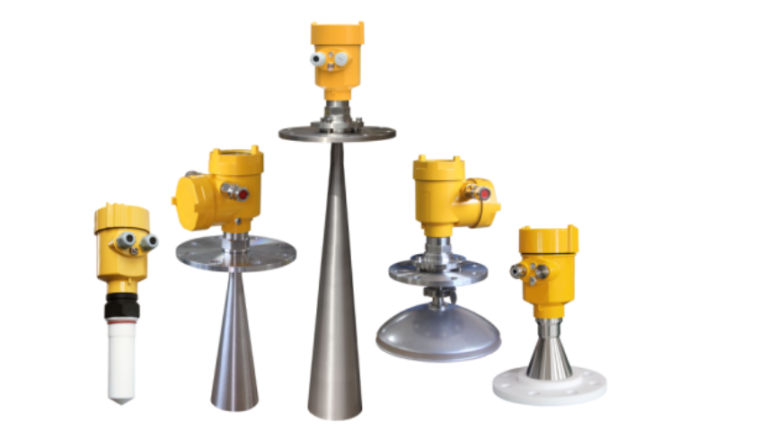In modern logistics and supply chain management, accurate inventory control is the key to improving efficiency, reducing costs and responding to market changes. In this process, the radar level meter plays a vital role.
As a high-precision, non-contact measuring device, radar level meters can provide real-time and accurate material inventory data to ensure the accuracy and reliability of inventory management.

How does a radar level meter become a powerful tool for inventory control? The key lies in its ability to adapt to various environmental and material conditions to accurately measure material levels in storage tanks or warehouses.
Whether it is solid, liquid or powdery materials, radar level meters can accurately measure material levels by transmitting and receiving microwave signals, and convert these data into digital signals for system analysis and use.

In inventory control, the application of radar level meters brings the following significant advantages:
1. Improved accuracy: Traditional manual inspection or weighing methods are susceptible to human factors, while radar level meters can provide continuous and consistent measurements As a result, the measurement accuracy of material inventory is greatly improved.
2. Optimize inventory management: By continuously monitoring inventory levels, companies can understand the usage and flow of materials in real time, replenish inventory in a timely manner, avoid excess or shortage, and achieve optimal inventory management. 3. Cost savings: Accurate inventory control helps reduce waste caused by over-purchasing and backlogs, while reducing production delays caused by out-of-stocks and effectively controlling cost expenditures.
4. Improve efficiency: Radar level meters can be seamlessly integrated with modern inventory management systems to realize automated data collection and processing, reduce human resource consumption, and improve overall work efficiency.
5. Safety and environmental protection: For the storage of harmful or dangerous materials, the use of radar level meters can avoid direct contact, ensure the safety of workers, and reduce the impact of material leakage on the environment.

Of course, to maximize the role of radar level gauges in inventory control, sound selection and correct installation are crucial. According to the characteristics of the material and the storage environment, select the appropriate radar frequency and antenna type to ensure that the beam can be correctly reflected and received by the sensor.
In addition, regular maintenance and calibration are also necessary measures to ensure measurement accuracy.
In summary, radar level meters have become an indispensable technical tool in inventory control due to their high accuracy, adaptability and easy integration.
It provides enterprises with real-time and accurate inventory data, helping managers make more informed decisions, optimize inventory levels, and improve operational efficiency, thereby occupying a favorable position in the fierce market competition.
